
 Understanding Aspect Ratios
Understanding Aspect Ratios
Another chance to read Serge Golikov's excellent article on the the often-confusing matter of aspect ratios, letterboxing, and pillarboxing, giving RedShark readers a lesson of cinematic rectangles (in rectangles).
Once upon a time, truth ran at 24 fps, and the shape of screens was strictly Standard Academy; that is, the screens of the first movie palaces were all in the ratio of 4:3, or 1.33:1, width to height. Similarly, with the advent of television, the first television sets were for a long time in the same aspect ratio of 4:3, and remained so until 1999's introduction of 16:9, which incidentally translates to a ratio of 1.77:1.
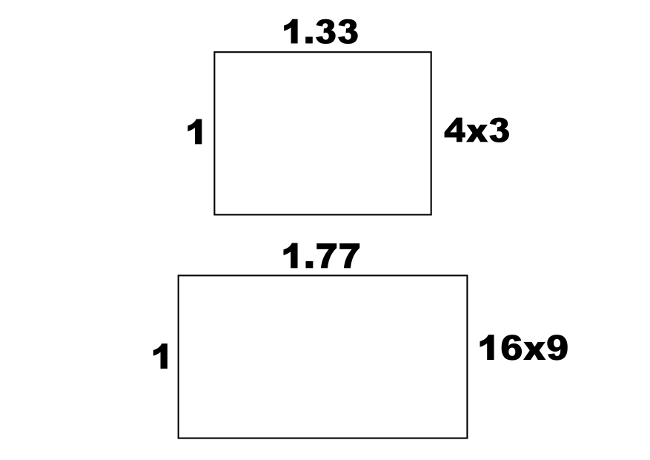
When television sets and computer monitors began the transition from 4:3 to 16:9, a lot of permutations of image aspect ratios resulted when viewing stills and video on the respective shape displays. Even though these days 16:9 is the accepted standard, there is still a lot of confusion as to which settings to use when viewing material from a variety of sources and on different screens.
This article will attempt to de mystify the terminology, when applied to screen and image aspect ratios and their relationships (hang on, all will be made perfectly clear).
Letters and Pills
When we hear terms like Letterbox or Pillarbox or 4:3 and 16:9 as well as seeing references to 1.85 or even 2.35 on DVD packaging, it can be overwhelming to the uninitiated in the vagaries of production and distribution of video and film, as to what all these numers are refering to. Basically, there are two types of displays still in current use, the older 4x3 CRT displays, and the newer flat panel 16x9 displays. Within each display area, a range of images of varying aspect ratios can be displayed producing a corresponding mask effect. Letterbox masks can be displayed on both 4x3 displays and 16x9 displays in a variety of masks depending on the aspect ratios of the source material.
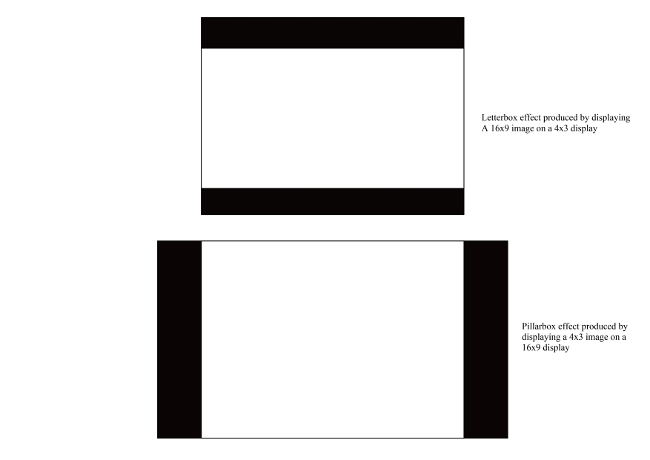
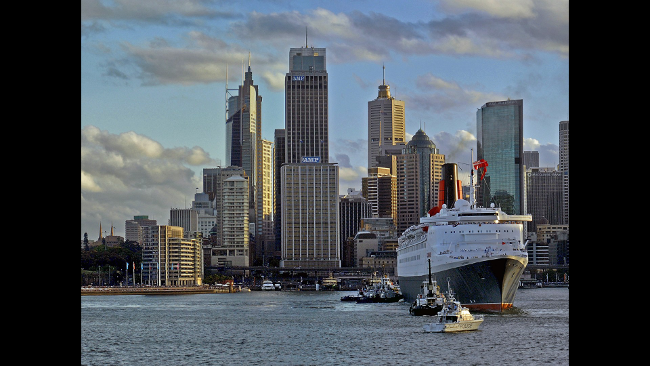
Pillarbox masks are produced when older 4x3 images are displayed on newer wider 16x9 displays as above.
Widescreen & Anamorphic
Films released in various wide screen aspect ratios will result in the most varied masks, for example 1.85 and 2.35. Films which were shot using spherical lenses but framed in the 1.85:1 aspect ratio, are called Widescreen and were the precursors to the 16:9 aspect ratio, which is now used for Broadcast Transmissions and DVD releases.
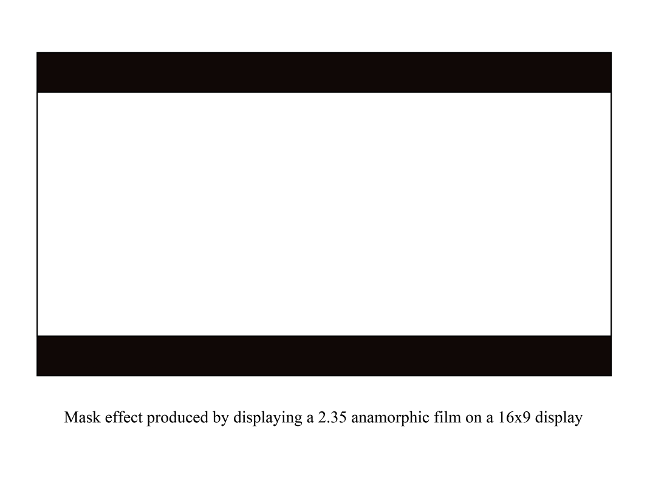
When films which were shot using the Anamorphic process employing cylindrical lenses (producing an aspect ratio of 2.35:1) are released on DVD, they will produce a variant of the Letterbox mask as in the above diagram. For transmission, television stations will often screen feature films shot in the Anamorphic 2.35 aspect ratio by conforming them to the full 16:9 screen by a process called pan and scan. This results in a slight cropping of the image, but avoids the Letterbox mask as in example below.
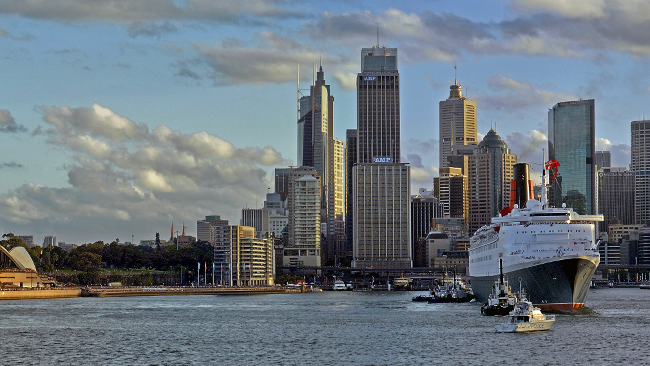
While cinema theatre projectors can change the focal lengh of their lenses and physically mask the screen for 4x3, 1.85 or 2.35 anamorphic image ratios, for transmission and fixed size displays, an electronic form of masking is used, resulting in the variety of masking effects. When watching a theatrical feature film which was shot in the anamorphic aspect ration of 2.35:1 after it is released on DVD, there is an option to electronialy change the aspect ratio on the TV set. The option is to fill the wide screen aspect ratio of 16:9, or watch the original image ratio with a slight Letterbox mask, the latter option preserving the original compositional intent of the cinematography.
Tags: Studio & Broadcast


Comments